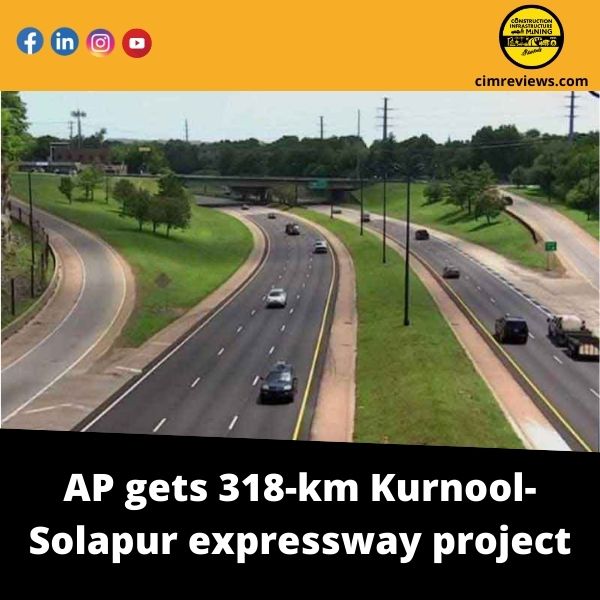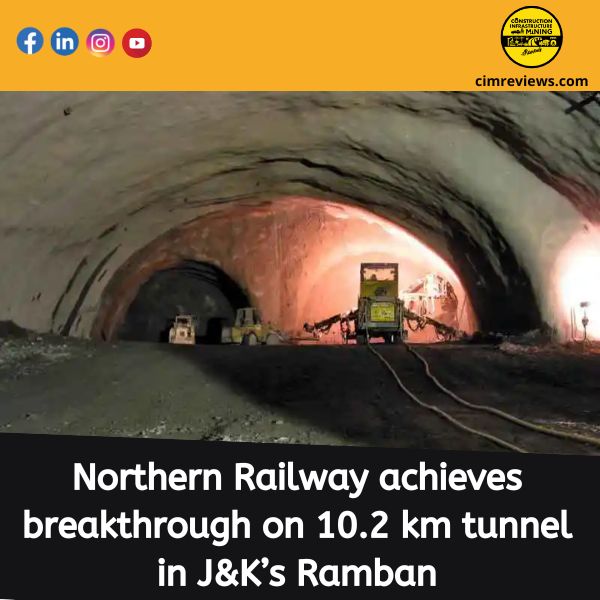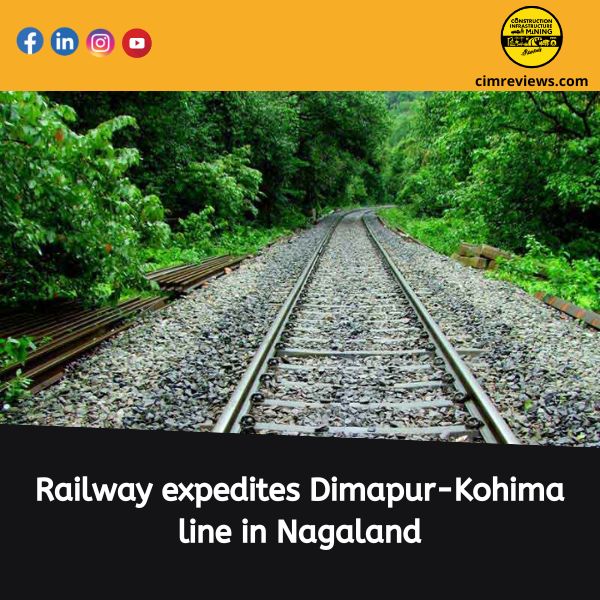%20(1).jpg)
Such studies for riverbed sand must be conducted by credible institutions in accordance with the Enforcement and Monitoring Guidelines for Sand Mining, 2020, and must follow proper procedures.
According to the order, Uttar Pradesh must ensure that regulatory authorities are adequately equipped and capable of assessing mined material quantities. When it comes to “instream mining,” the machinery allowed or used must “comply with semi-mechanised mining operations in the true sense,” according to the report.
The NGT order came after the court received applications regarding illegal mining in the submerged water area of Kanwara and Bendakhadar villages in Banda district. Violations of the Sustainable Sand Mining Management Guidelines (SSMMG) 2016 and the Enforcement and Monitoring Guidelines for Sand Mining (EMGSM) 2020 were also highlighted in the application.
The NGT combined the complaints filed by Raj Kumar and Ramkaran Karn against Durge Trading Company and Ashish Kumar Gautam for alleged environmental violations during sand mining on July 2, 2021. The court ordered the Uttar Pradesh Additional Chief Secretary (ACS), Mining, to submit a report on the status of the district survey report and replenishment studies for Banda district, as well as the status of in-stream mining in submerged water and the monitoring mechanisms in place.
The matter was heard by NGT on March 8, 2022. The court noted that Uttar Pradesh had taken no steps to comply with the court’s orders, specifically the NGT order dated February 26, 2021.
After conducting a “exhaustive review of the issues related to sand mining,” the court issued directions, which included the mechanism for enforcing environmental standards.
The ACS was also required to provide a report on the compliance status, which included the status of DSR and replenishment studies for the Banda district, as well as in-stream mining in submerged water and monitoring mechanisms. The court stated, “More than six months have passed, and the matter has been deferred several times, awaiting response.”
After a report was filed by the District Officer, Banda on March 31, 2022, the NGT asked the Central Mine Planning and Design Institute (CMPDI) to conduct a replenishment study of rivers flowing in Banda.
The institute has begun a study of river replenishment in Banda, which is currently underway. Around 17 mining leases are in operation in the district, all of which have received proper environmental clearances and consent from the UPPB Lucknow under the Water Act of 1974 and the Air Act of 1981.
In terms of EMGSM, 2020, the NGT noted that a replenishment study, as required by the SSMG, 2016 and EMGSM, 2020, had not been conducted prior to the auction.
A replenishment study for river bed sand is required to mitigate the negative effects of excessive sand extraction. The physical characteristics of the stream, such as channel geometry, bed elevation, substratum composition and stability, in-stream roughness of the bed, flow velocity, discharge capacity, sediment transport capacity, turbidity, and temperature, are all affected by mining within or near the riverbed.
For long-term river sand mining to be viable, the mine pits created by sand excavation must be refilled with sand through natural replenishment in a reasonable amount of time so that the area can be mined again.
In response to allegations of instream mining in submerged water, the ACS has “orally stated” that such mining is not permitted. However, no such statement has been made on behalf of the state in the reports submitted to the tribunal.
The ACS has informed the court that in the future, replenishment studies will be conducted prior to auctions, and that ongoing replenishment studies for current leases will be expedited. The leases would be renewed if necessary in light of this. Furthermore, such studies would be completed for all districts in UP by December 31, 2022, and for Banda by June 30, 2022.
Instream mining allegations would be investigated and, if found to be true, the practise would be stopped, according to Roshan Jacob, secretary of geology and mining in Lucknow, Uttar Pradesh.
Natural resource #2 most exploited
Sand is essential for providing ecosystem services in the marine, delta, beach, river, and underground environments. It aids in the control of erosion, the delivery of nutrients, food security, and the regulation of aquifer quality. It also supports biodiversity by providing habitats and breeding grounds for a diverse range of flora and fauna.
After water, sand, gravel, crushed stone, and aggregates are the world’s second most exploited natural resource. In the last two decades, their use has tripled, reaching an estimated 40-50 billion metric tonnes per year.
According to the 2019 UN Environment Programme report Sand and sustainability: Finding new solutions for environmental governance of global sand resources, factors such as urbanisation, population growth, economic growth, and climate change are driving demand.









%20/23%20cimr%204.jpg)
